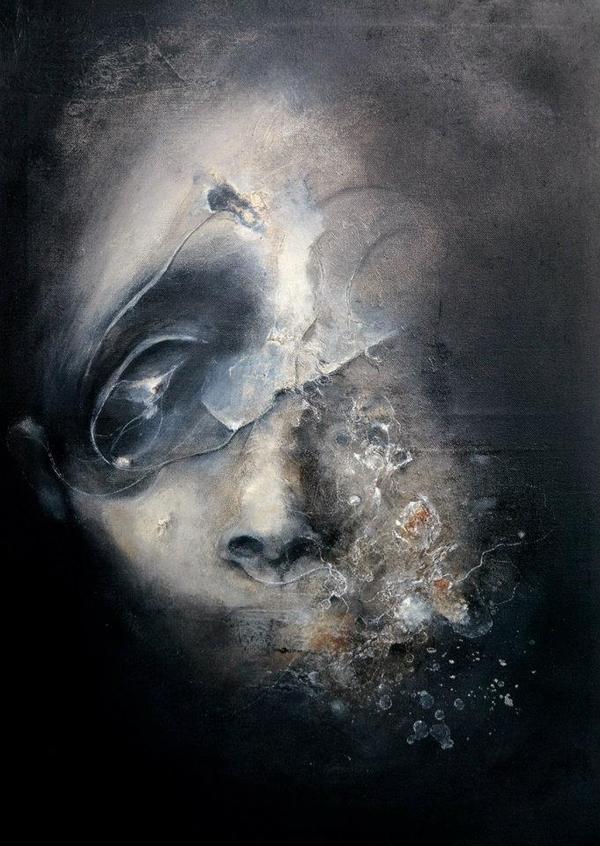
18 Dec I feel anxious, I have anxiety disorder – I am ill!
CAN THE PHENOMENON OF ‘ANXIETY’ BE VIEWED FROM DIFFERENT PERSPECTIVES AND TREATED DIFFERENTLY?
Anxiety is a general term for experiences that are characterised by nervousness, fear, apprehension, and worrying. So-called ‘anxiety disorders’ affect how we feel and behave and can produce real physical symptoms, such as panic, which in turn is characterised by heart palpitations, dizziness, and shortness of breath. A doctor’s initial task is to see if our anxiety is caused by a medical condition – if it’s not that then what is causing me to feel the way that I do and what can I do about it? This blog discusses two approaches for working with anxiety symptoms, in the therapy setting – psychotherapy using an ‘existential’ frame and a more behavioural, psychological treatment, which is used extensively in both NHS and the private sector – cognitive-behavioural therapy, or CBT.
My initial thoughts about anxiety is that it is a heavily medicalised phenomenon and one that is more-often-than-not described as a co-occurring symptom in common mental disorder, such as depression. A study undertaken by the Adult Psychiatric Morbidity Survey published in 2016 found that one in three adults of working age are now receiving treatment for anxiety states, with treatment options generally being symptomatic (focused on symptoms and behaviours) and often neglecting the underlying causes of anxious distress. CBT is typically the psychological therapy recommended to address thoughts and behaviours, frequently alongside anti-anxiety medication (anxiolytics and beta-blockers), which are prescribed to alleviate the intensity of symptoms. CBT is commonly accepted to be a ‘behaviour-change model’ rather than a typical ‘talking therapy’, such as counselling or longer-term psychotherapy. The primary function of CBT is to address underlying, dysfunctional assumptions in somebody’s cognitions (thoughts and thought processes) through rationalising and reorganising unhelpful thoughts (distortions and ruminations) and by using a process of re-education and training of the client, by the therapist. I believe that whilst anxiety symptoms are workable clues to unresolved, intrapersonal distress that we experience as part of the Human Condition (being alive or being-in-life) such clues are typically not the focus of CBT, which through a variety of structured treatment interventions leans more towards the ‘here-and-now’, teaching the person to observe, express unhelpful thoughts, and behaviours, differently. Research in the field suggests a closer working alliance between CBT and the medical treatment model than say, other forms of psychotherapy and beyond that, the medical model’s alliance with the pharmaceutical companies. Additionally, whilst CBT is perceived to possess a higher scientific value compared with more traditional psychotherapies, due to its highly structured, manualised approach, recent research offers a less qualifying argument for improving clinical outcomes in the longer-term.
Considering the phenomena of anxiety using a model that is possibly more philosophical than clinical in its approach, existential psychotherapy approaches the idea of anxiety as an inevitable consequence of ‘being-in-life’, the persistent threat to our being and the ultimate, unavoidable prospect of our death – rather than as a pathologised, medical experience. An existential approach is less concerned with technique and intervention, such as that used in CBT and instead is more aligned with the principles of phenomenology – exploring and understanding the subjective experience of the person, their individual self and their self in relation to others and the world. What it is to be human – who we are, our meaning and purpose, where we fit, and what makes us tick! Research into existential approaches to psychotherapy is proportionately less than the research and evidence generated for CBT, which due to its aforementioned manualised and technique-based approach, is easier to measure and quantify. However, there is a good amount of evidence-based research around the core practices that feature as part of an existential psychotherapy model.
Despite the two approaches discussed here being fundamentally different, I believe that there are some noteworthy similarities between their aims and intentions. The psychiatrist and psychotherapist Rollo May’s reflections to approaching anxiety through the use of psychotherapy suggested the importance of both existential-phenomenological and cognitive-behavioural ideas. Phenomenologically, using an existential frame – that unlocking of meaning and self-awareness; what May called ‘awakening’, and the re-education values of cognitive-behavioural theory. As such, there is a growing body of research of an integrative approach that takes account of both existential and cognitive-behavioural approach in locating meaningful clues to our anxiety state and taking these (clues) and learning to view their meaning and affects, differently.
If you experience persistent and irrational nervousness, fear, apprehension, and worry and traditional treatments such as medication and CBT don’t appear to be working for you, a different approach such as that described in this blog might help.
Ready to talk? We’re ready to listen. For more information about booking a consultation:
E: jeremy@banishthecrows.co.uk
T: 07791 524 634



No Comments